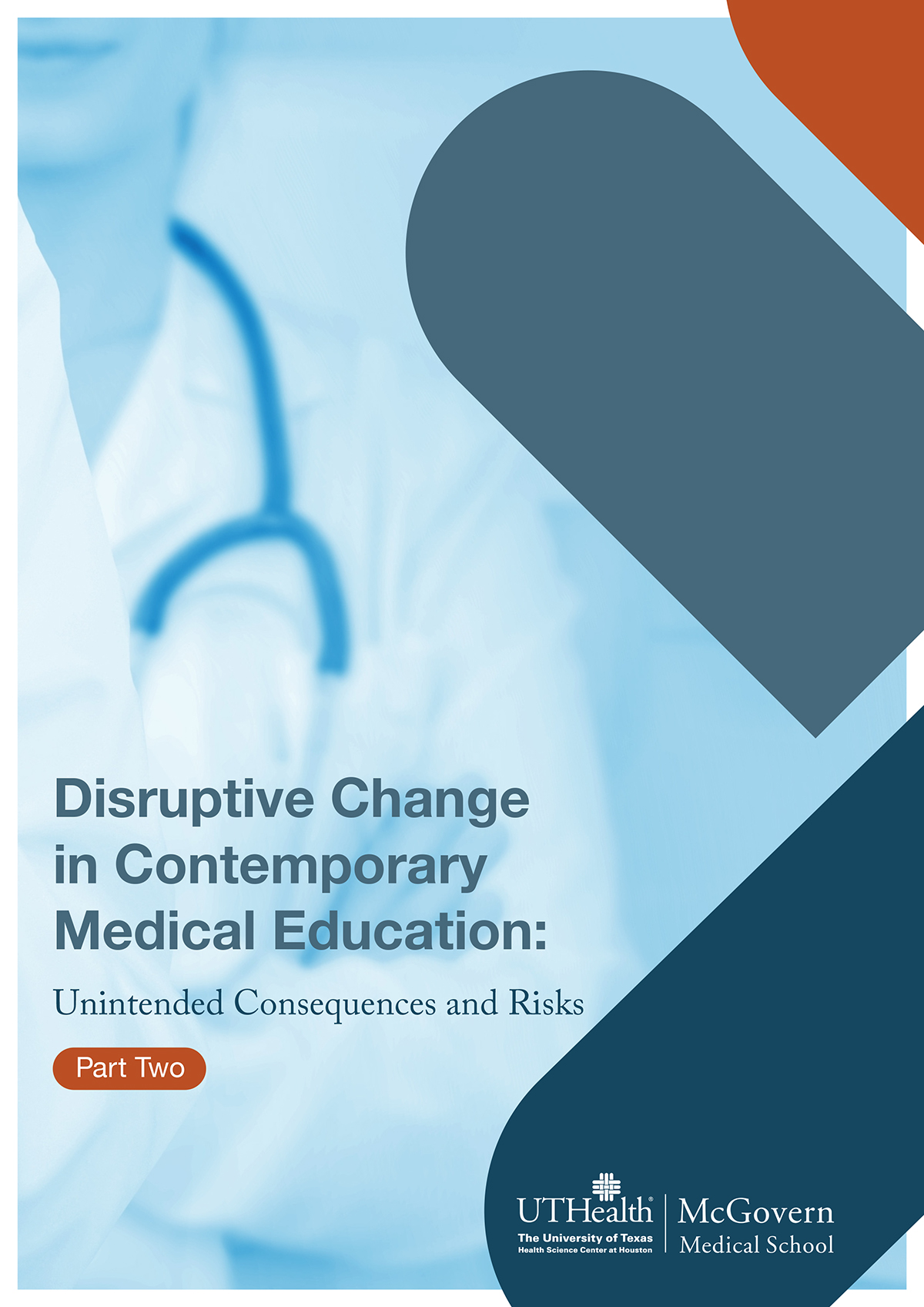Here, L. Maximilian Buja, MD, explains the nuances of disruptive change in contemporary medical education and proposes solutions
In a previous edition, Dr Buja explained the existing issues in contemporary medical education in the United States.
Now, he is diving back into the disruption he initially outlined. Here, he discusses in detail how various elements of the medical education network are reacting to the issues in contemporary medical education.
For instance, pathology. While pathology is included on a traditional curriculum of medical education, Dr Bruja describes how pathology is often not a key part of students’ education during their earlier, formative years. While he is not suggesting that all students consider pathology as a career, he is putting forward the idea that it is an essential part of being a doctor – pathology should be something that all medical students are comfortable and familiar with, as a science. They should become doctors who understand the pathobiological basis of disease.
At one point, he further explains: “Our society requires physicians who will not just fit into the current dysfunctional American healthcare system but rather work to change it.”
When the existing US healthcare system comes under fire, physicians should have enough medical knowledge to know how it could be better. A physician is usually someone who wants to make an impact, so why not a good one?
While the new courses explicitly name empathy and compassion as elements they want students to embody when they are qualified, Dr Bruja points out that a unifying theoretical model on this has not emerged.
So, how could things be different? What makes a good physician and how can it be tempered into a pre-clinical course, taught to thousands across the country?
If you want the answers to the questions raised about contemporary medical education, read more here.


